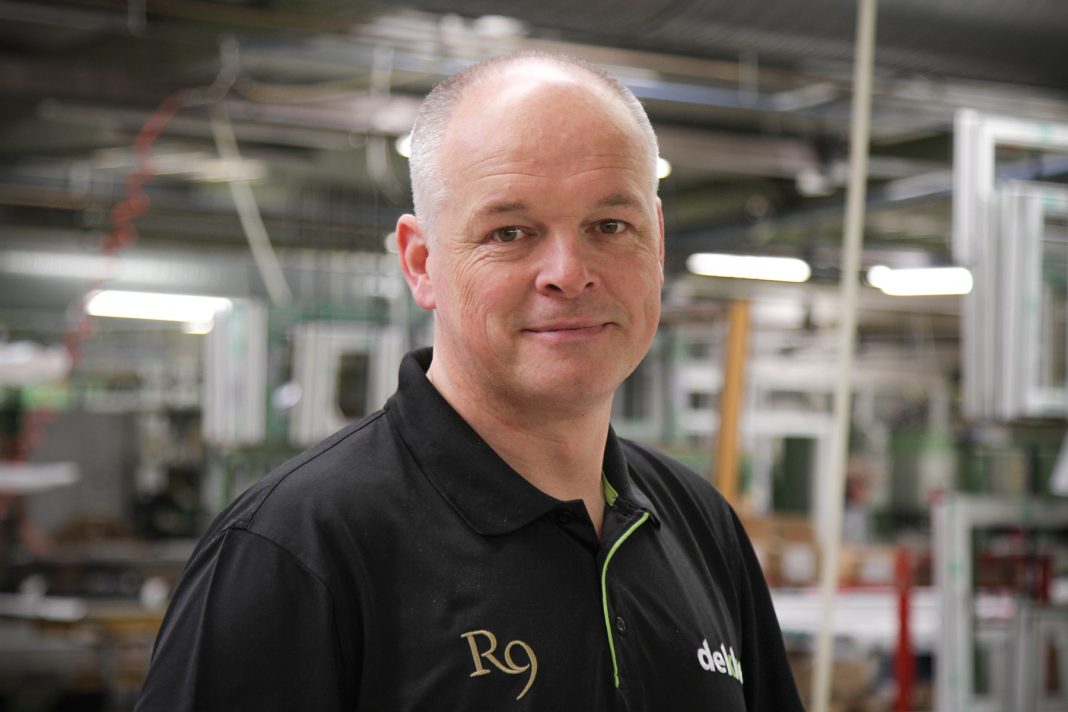From: Kurt Greatrex, Sales director, Dekko Window Systems
In 2019, the UK became the first major economy in the world to pass laws to end its contribution to global warming by 2050, a target requiring the country to bring all greenhouse gas emissions to net zero in less than 30 years.
But a much more pressing deadline is the Future Homes Standard, the first major stepping stone to becoming net zero carbon that requires all new homes in England to be futureproofed with high levels of energy efficiency by 2025 – just three years away.
The strict set of standards will ensure that all new homes built in England from 2025 will produce 75 to 80% less carbon emissions than homes delivered under current regulations.
By June this year, u-values for windows and glazed doors in new build homes will reduce from 1.4 to 1.2, while for opaque and semi-glazed doors, this will be standardised to 1.0.
The expectation is that by 2025, there will be a further reduction for windows to a u-value of 0.8.
A 2025 commitment towards a net zero carbon 2050 will have huge implications on how we operate in fenestration – it’s one of the strictest carbon emission targets in the world, and if we’re going to achieve it, energy efficiency will have to take precedence like never before.
Amendments to government regulations are always being made, and this autumn, the Ministry of Housing Communities and Local Government (MHCLG) is expected to publish new standards for energy efficiency.
As a result, fabricators across the board could suddenly find that many of their products fall short of new building regulations, effectively locking them out of the market.
I think it’s important that all fabricators start looking at new processes and materials now, and consider the implications for fabrication and installation.
I’m certain that come 2025, when the Future Homes Standard is in place, products will look different to what they do now, including bigger frames, higher performance hardware, and triple glazing.
As a result, these products will most likely take longer to fabricate and install, and will therefore be more in demand and more expensive.
Materials for these products will suddenly be in very high demand, and suppliers will be stretched like never before, which is why it’s imperative to establish strong relationships with trusted suppliers now.
At Dekko, we have many products in our armoury contributing towards achieving a net zero carbon goal, but we are also the UK’s largest fabricator of Residence Collection windows and doors, a range that surpasses most products when it comes to thermal efficiency.
Available in three styles – R9, R7, and R2 – Residence Collection windows are manufactured with frames using either 7 or 9 chambers, offering excellent thermal efficiency and contributing to a more sustainable future.
The coming changes to regulations are severe, and will no doubt affect almost every business at all levels of the fenestration industry.
But that’s not to say it’s not possible.
We’re not there yet, and it will take time, but despite the huge challenge that faces us all, I believe that with careful pre-planning, maintaining strong partnerships with both suppliers and customers, and investing in the right products now, we can certainly achieve a net zero carbon UK by 2050.












